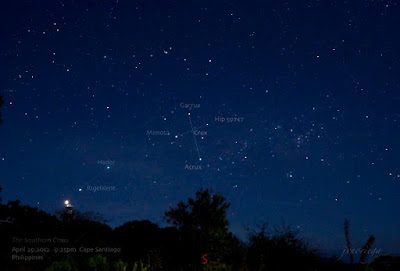Original Post by Helen Avery
The beautiful, but
tragic, story goes that Phaethon’s mother reveals to him that he is, in fact,
the son of Phoebus — the God of the Sun — and disbelieving the story, Phaethon
goes to Phoebus to ask him if it’s true. Phoebus tells his son that he is
correct, and in order to prove his divine lineage he will grant Phaethon any
wish he desires…
Now Phoebus is the
God of the Sun and to the Romans, the sun was a blazing chariot that was pulled across the sky by horses, and
guided and driven by Phoebus… So what do you think Phaethon wished for? To
drive the chariot for one day.
Despite knowing this
is a terrible idea because the chariot requires incredible skill and stamina to
control, Phoebus stands by his promise, and reluctantly gives his son strict
instructions on how to drive the chariot, telling him never to drop the reins…
But as soon as
Phaethon sets off, the horses, sensing a different reins-man, begin to run
wild, and Phaethon is his panic lets go of the reins… What happens next
according to Ovid is both beautiful and tragic. The horses zoom up into sky,
around the heavens, swooshing past the Moon who can’t believe what she’s
seeing, before flying down so close to Earth that meadows are consumed and
scorched, cities go up in flames, and nations are reduced to ashes. The whole
of Earth is on fire.
Unable to stand the
heat any longer, the Earth pleads with Jupiter to intervene. And Jupiter
launches a lightning bolt at the charioteer, Phaethon, killing him in an
instant, and bringing an end to the destruction. And as the body of Phaethon is hurled from
the chariot, it hurtles headfirst through the air leaving a trail of sparks
behind it that appear to fall down to Earth like stars — or indeed the
Geminids…





























